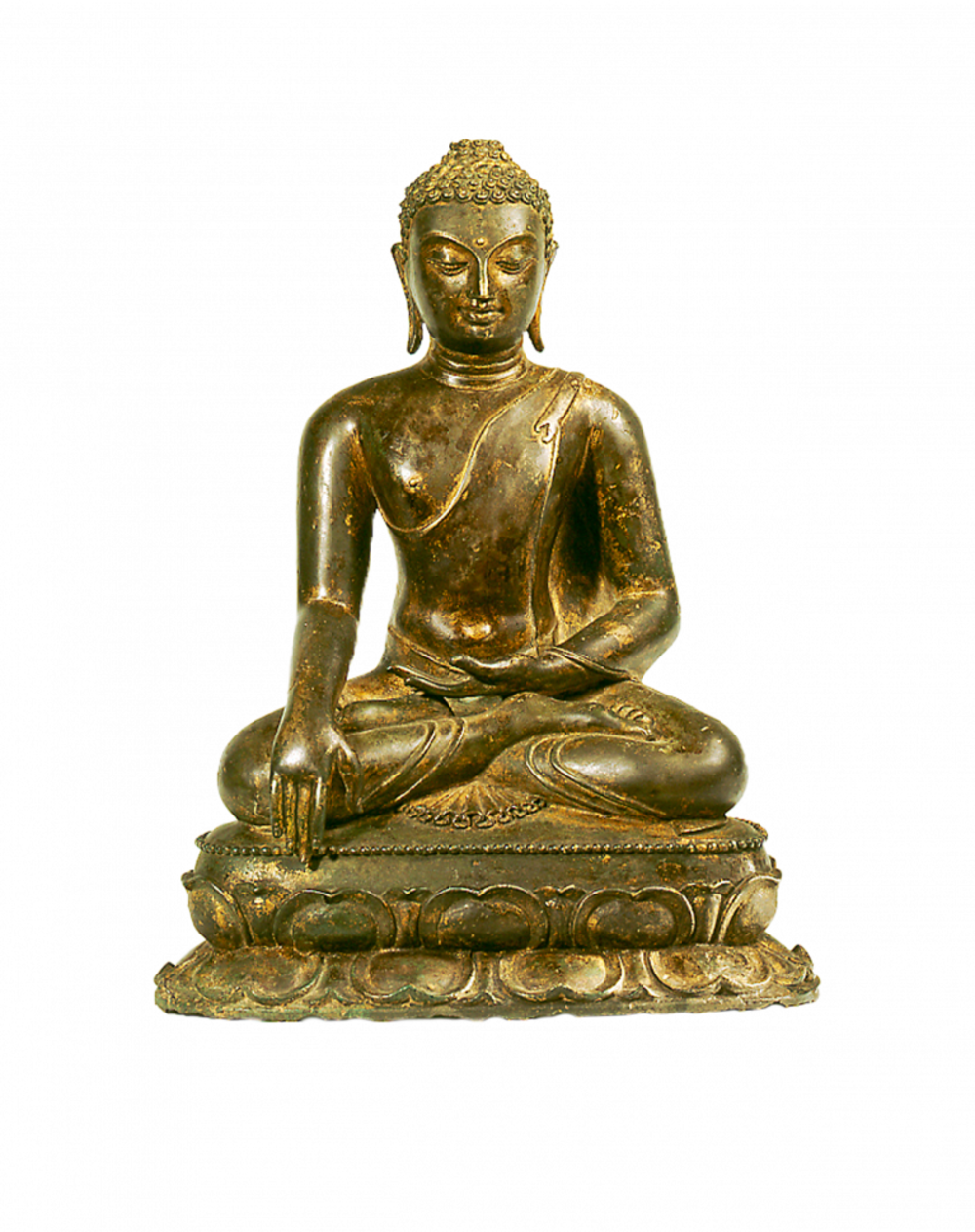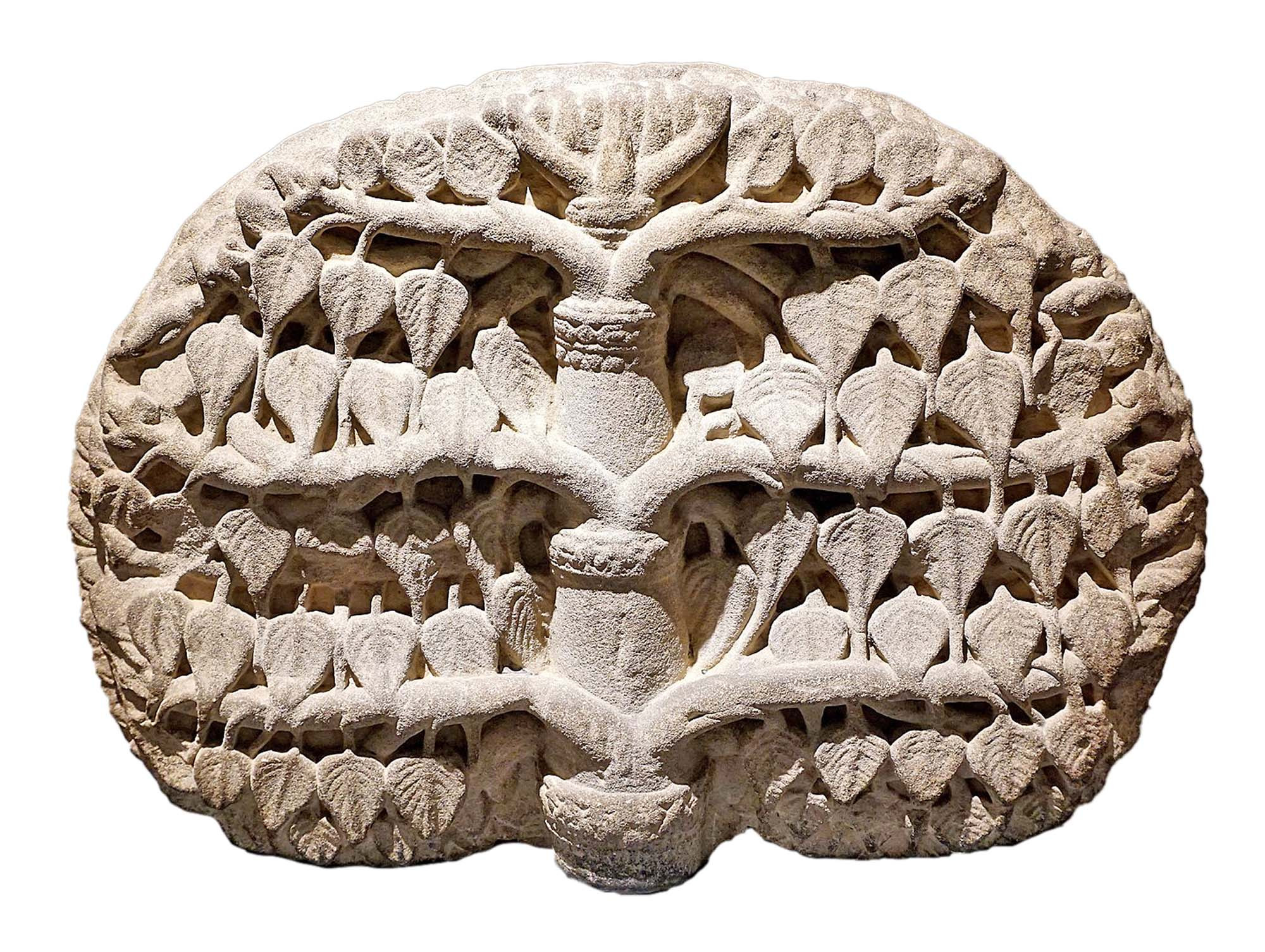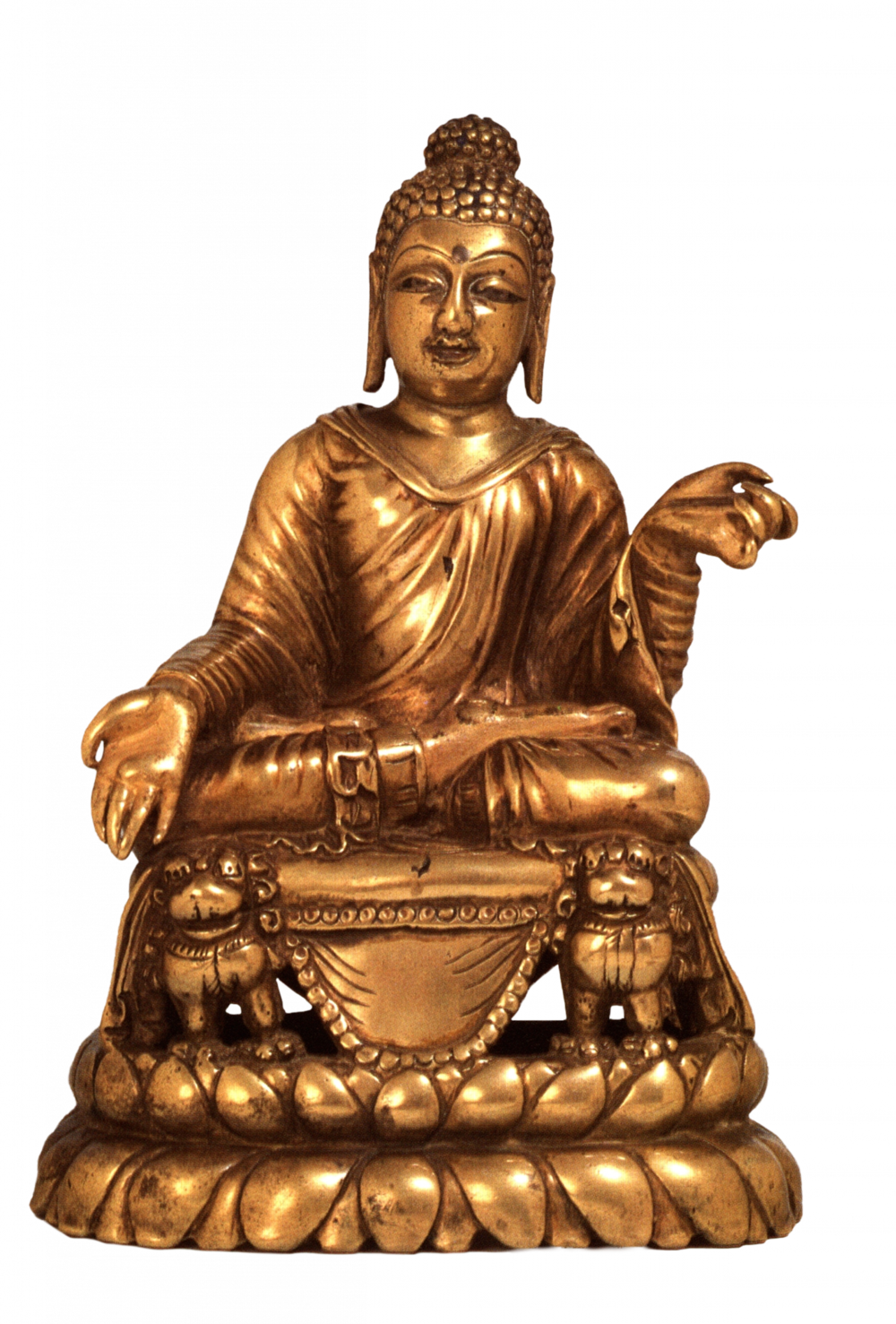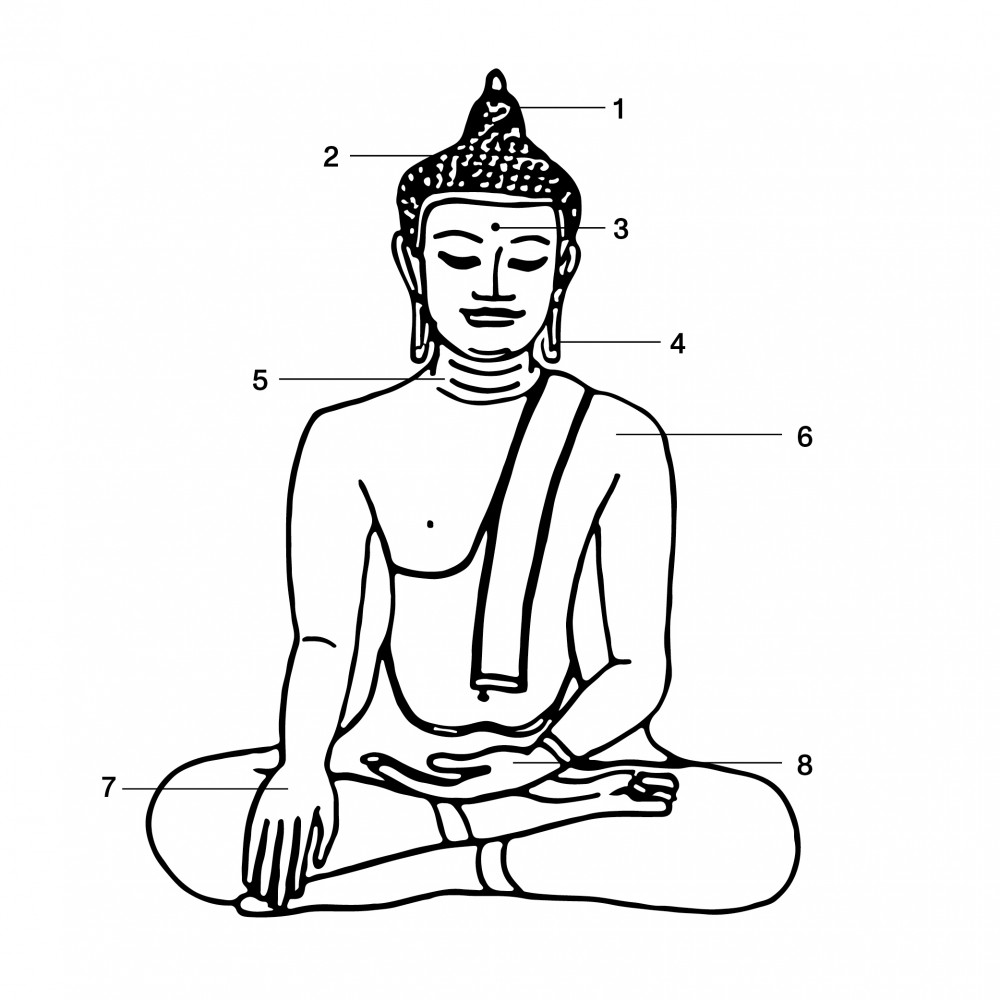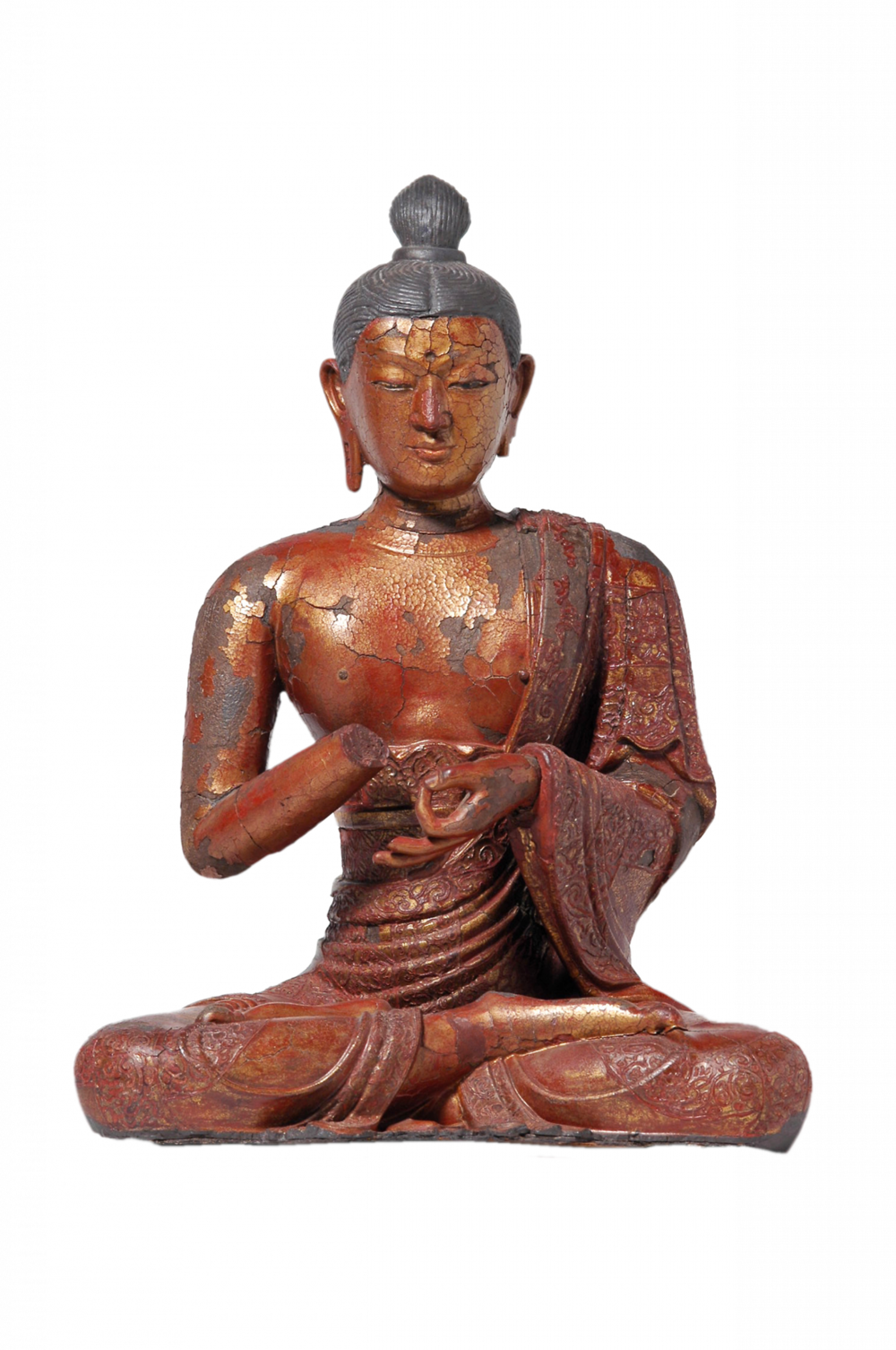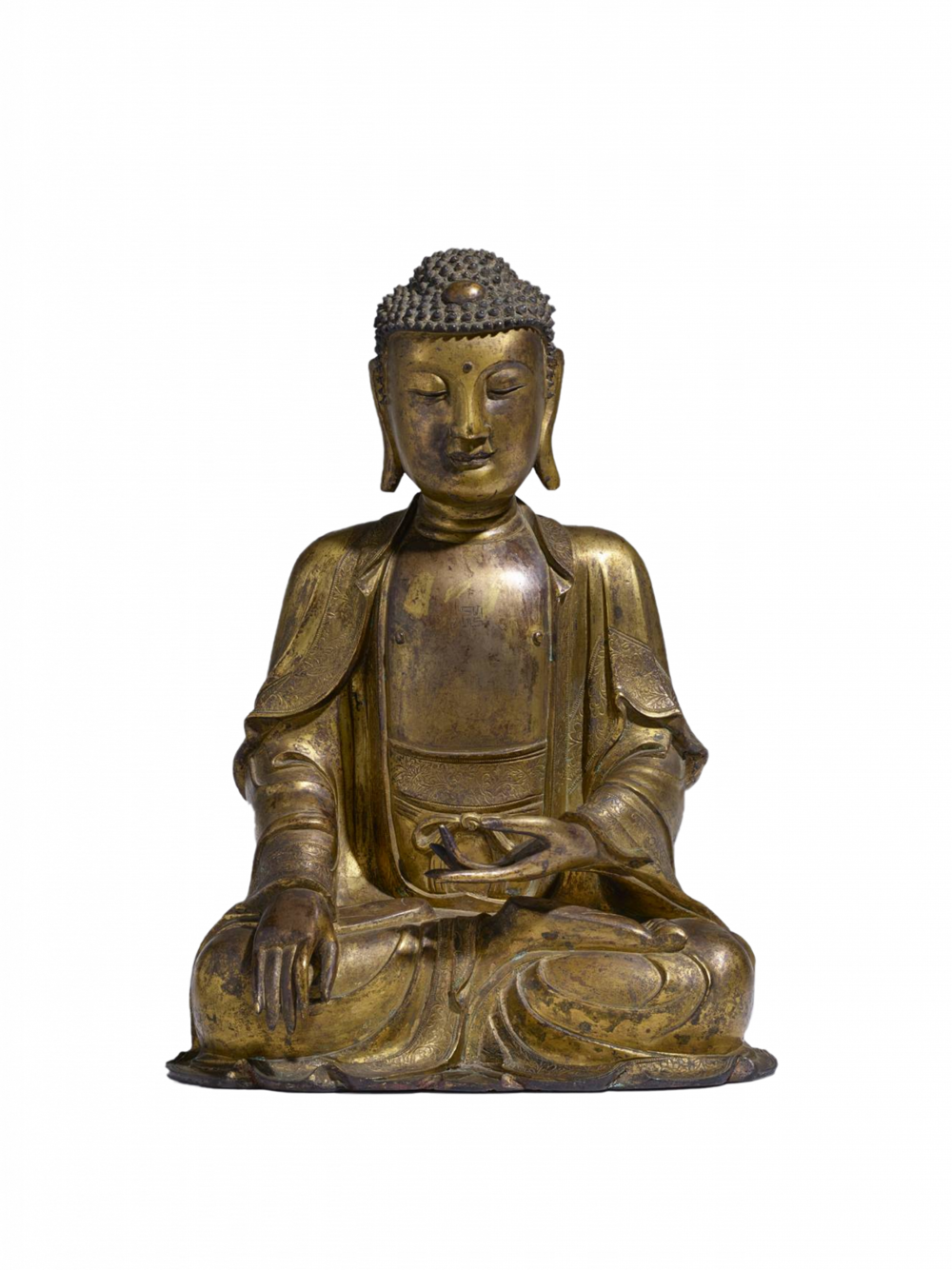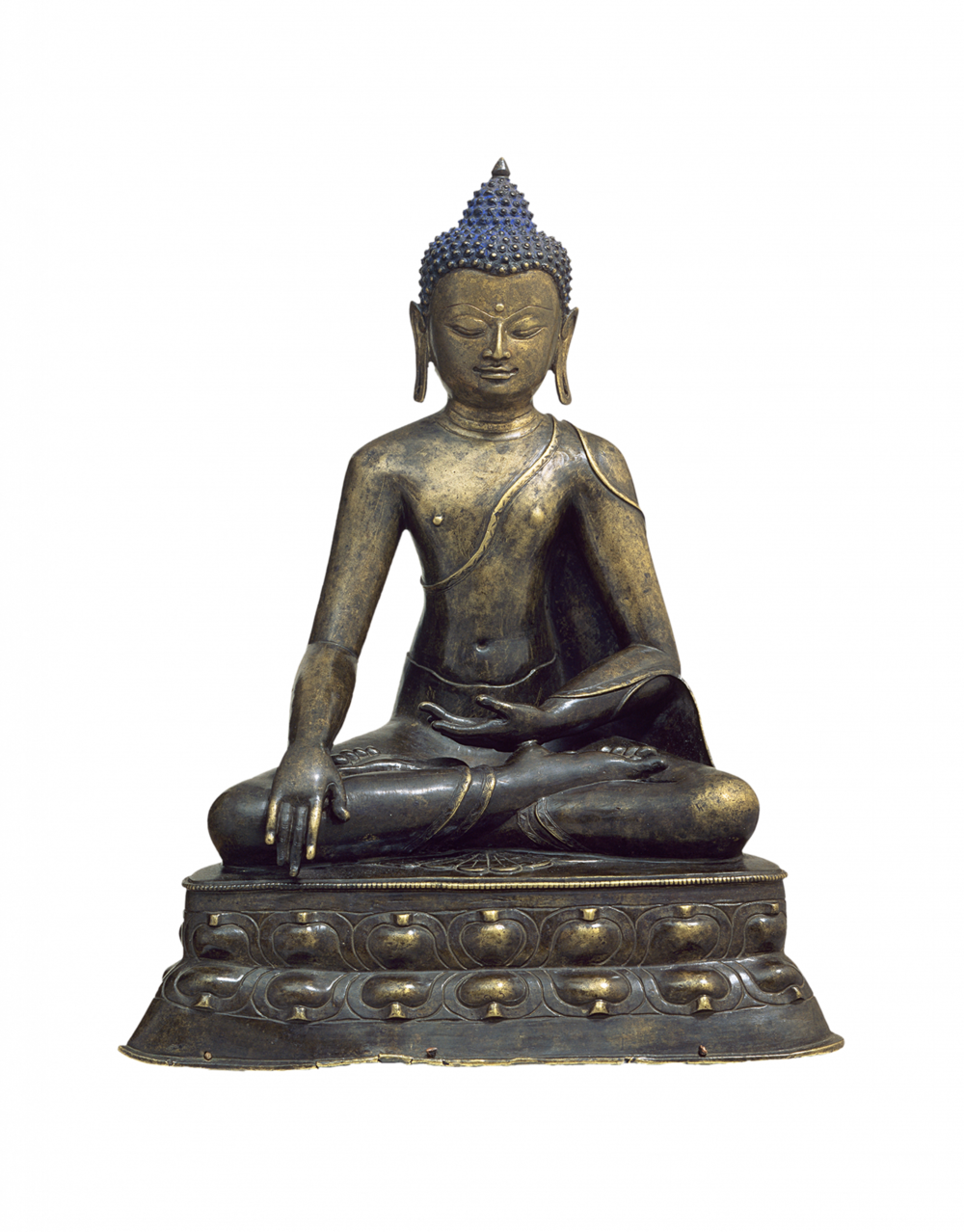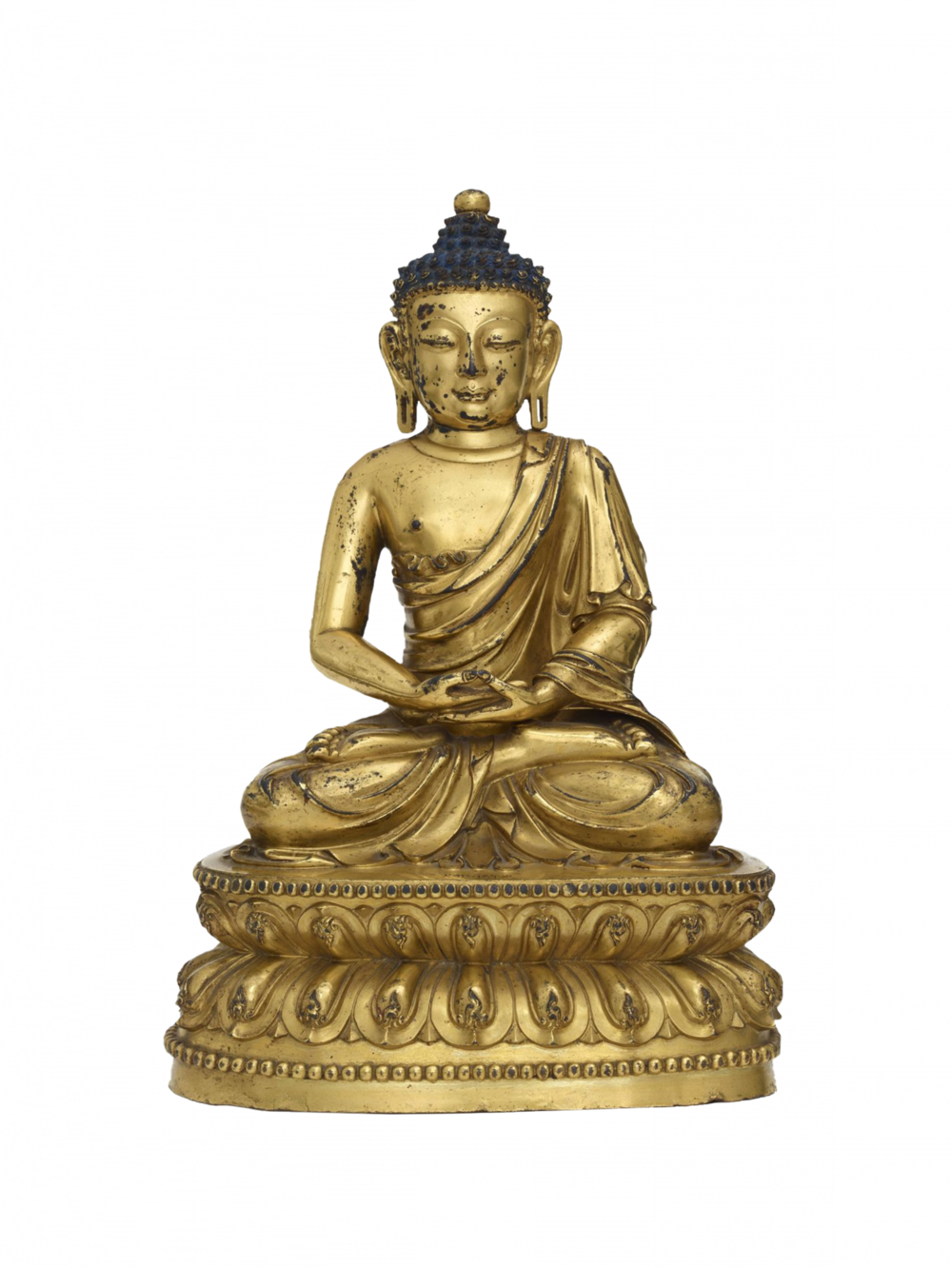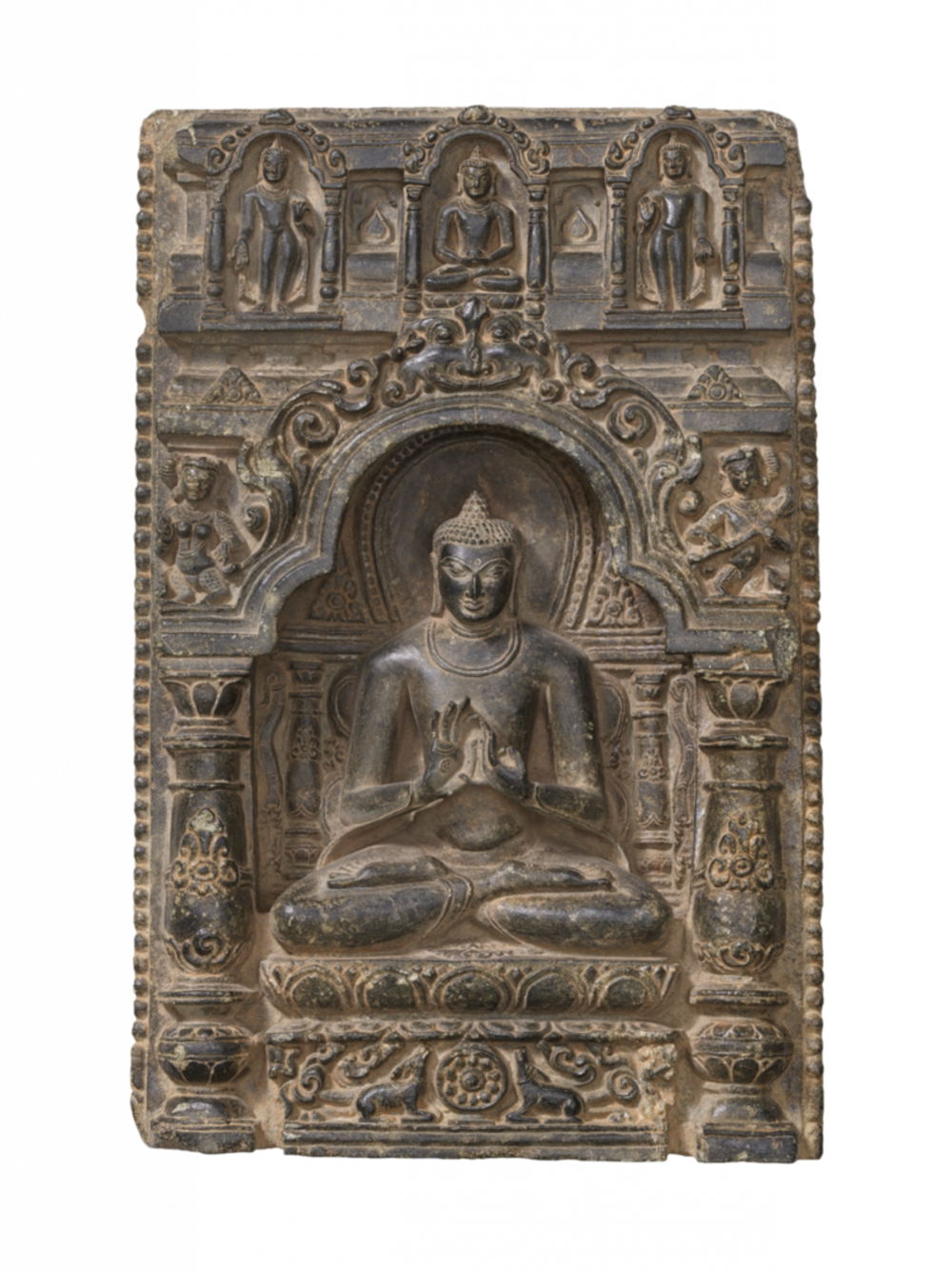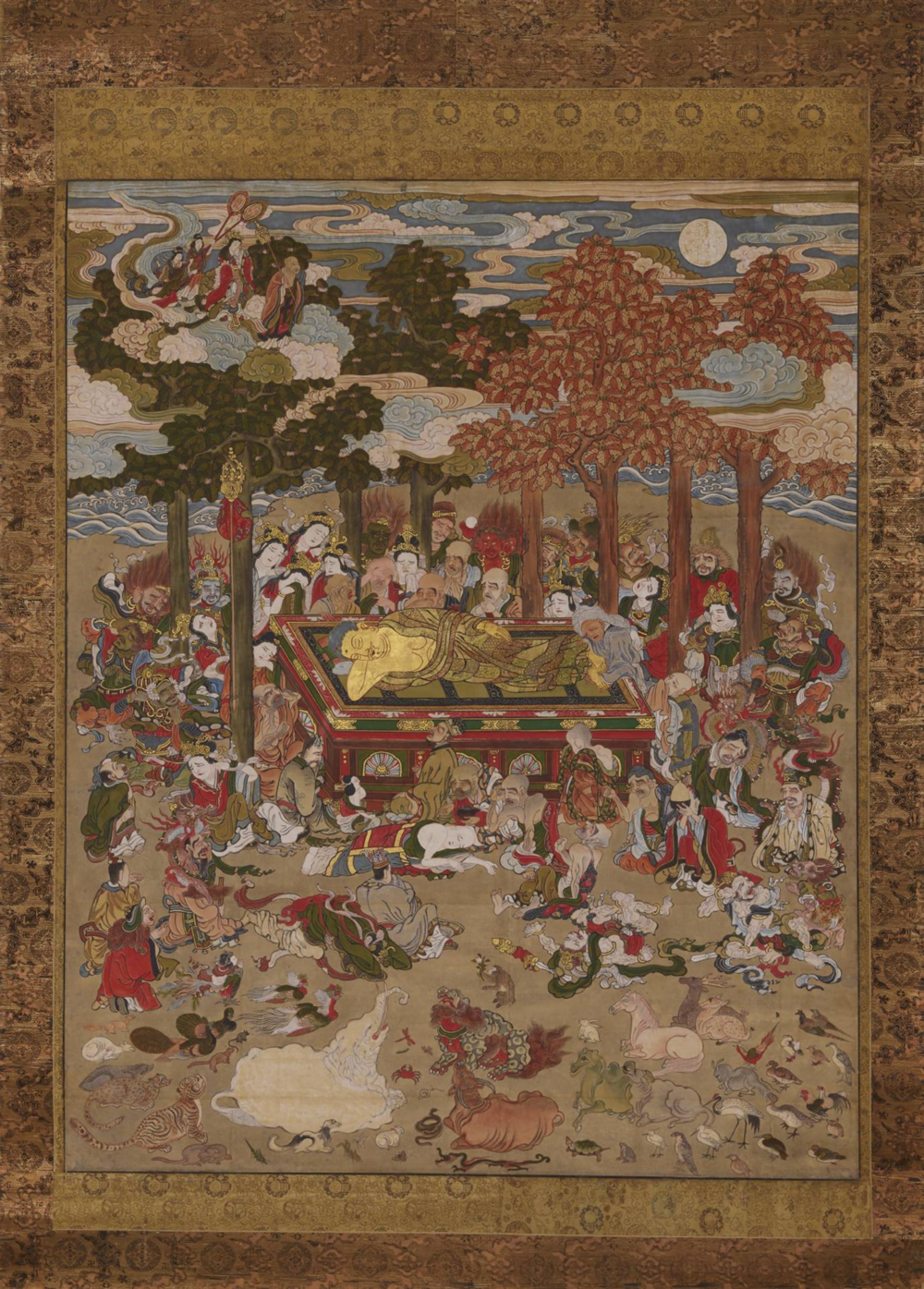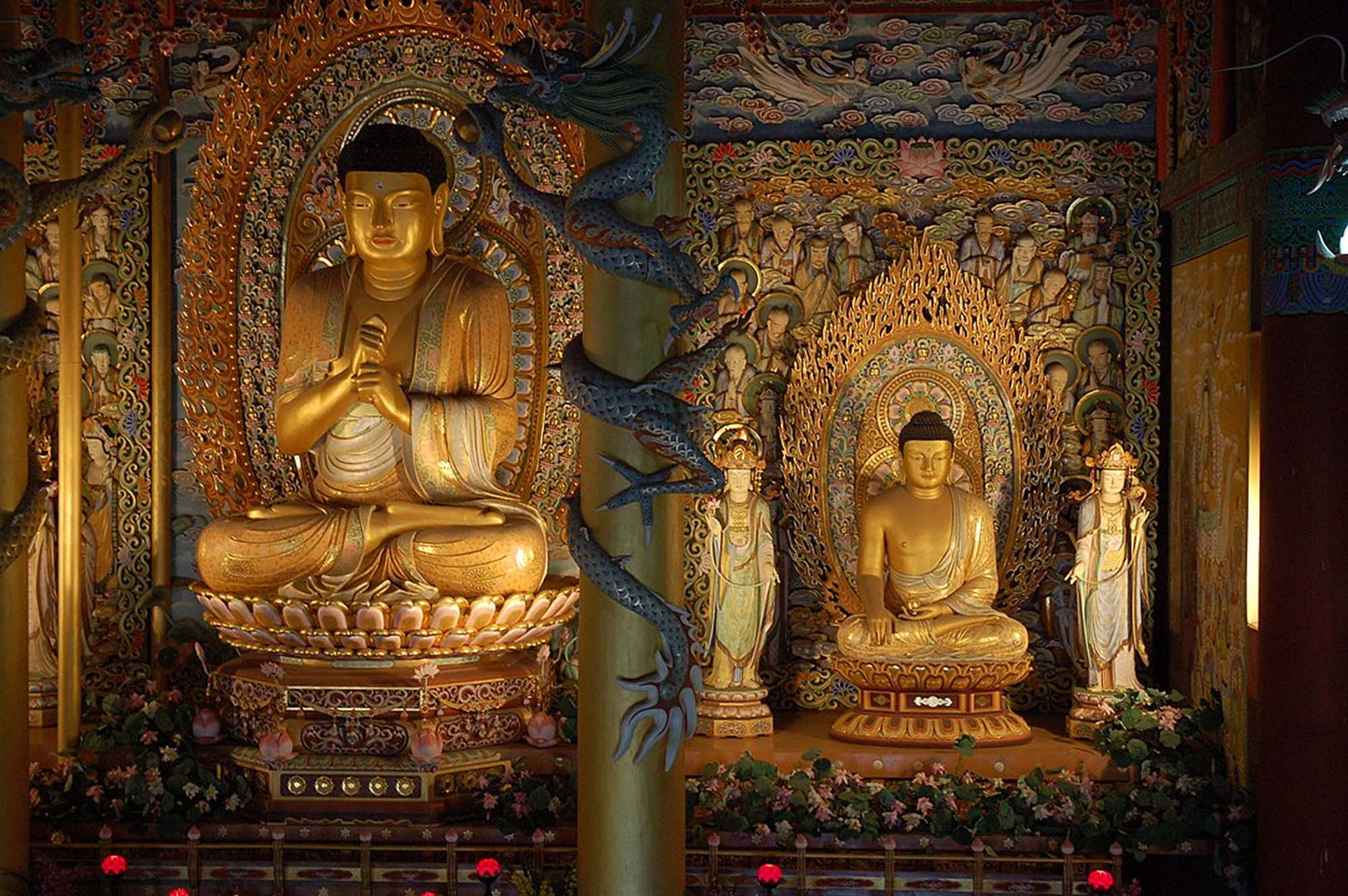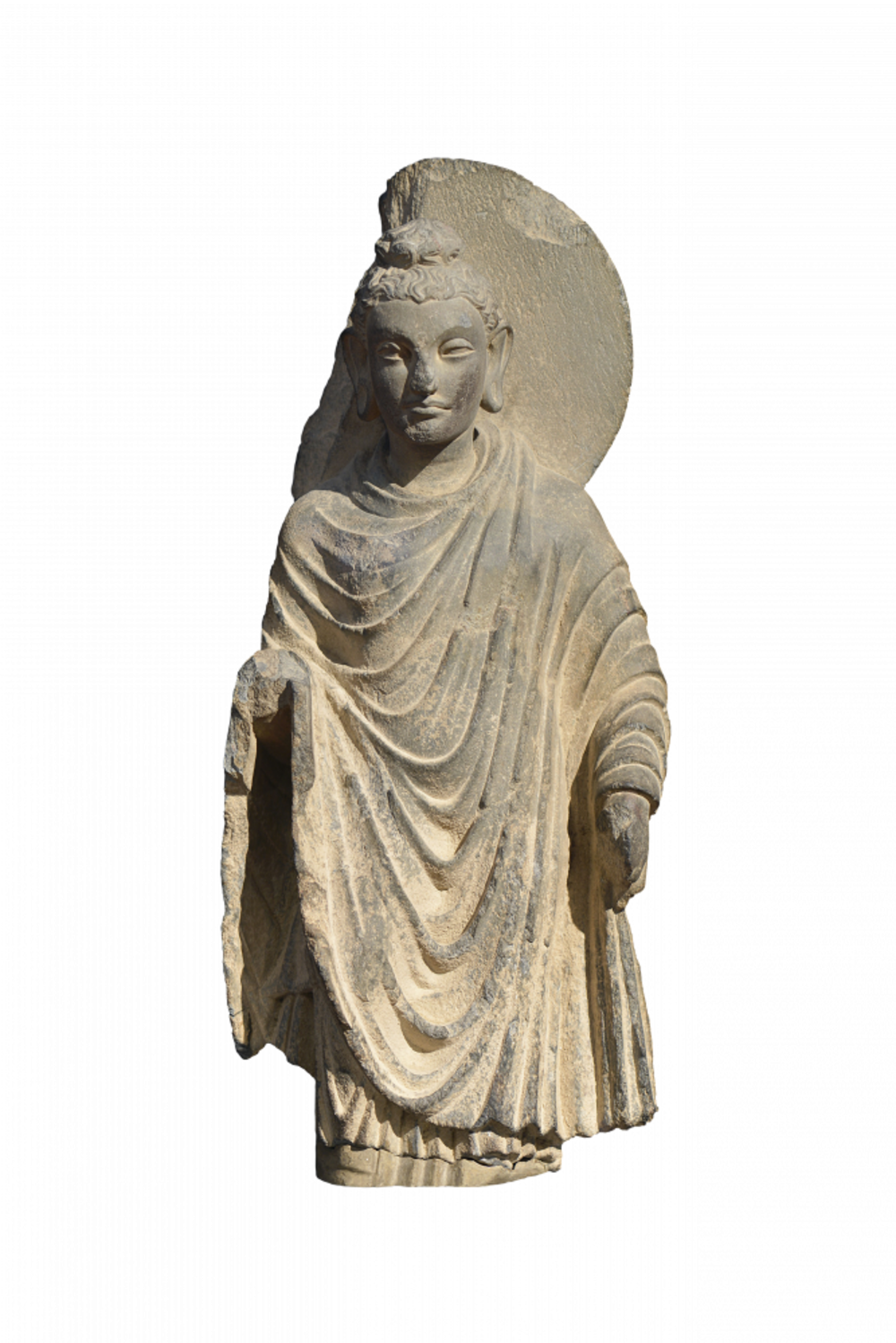The Buddha is believed to have lived and taught in northern India in the 5th century BCE. But it wasn't until 600 years later that images of him began to be made.
The first Buddha figures emerged in the northern Indian city of Mathura and in the Gandhara region, located on the border between modern-day Pakistan and Afghanistan.
The many sculptures and pictures of the Buddha produced since then do not necessarily reflect his actual appearance. Rather, they reveal what, at the time, an extraordinary person was expected to look like. Across Asia, artists depicted the Buddha differently, yet with many common features.
In this story you get to know some of the most significant ways the Buddha is represented in art.
In the process you will also learn something about the meaning of Buddha figures.
